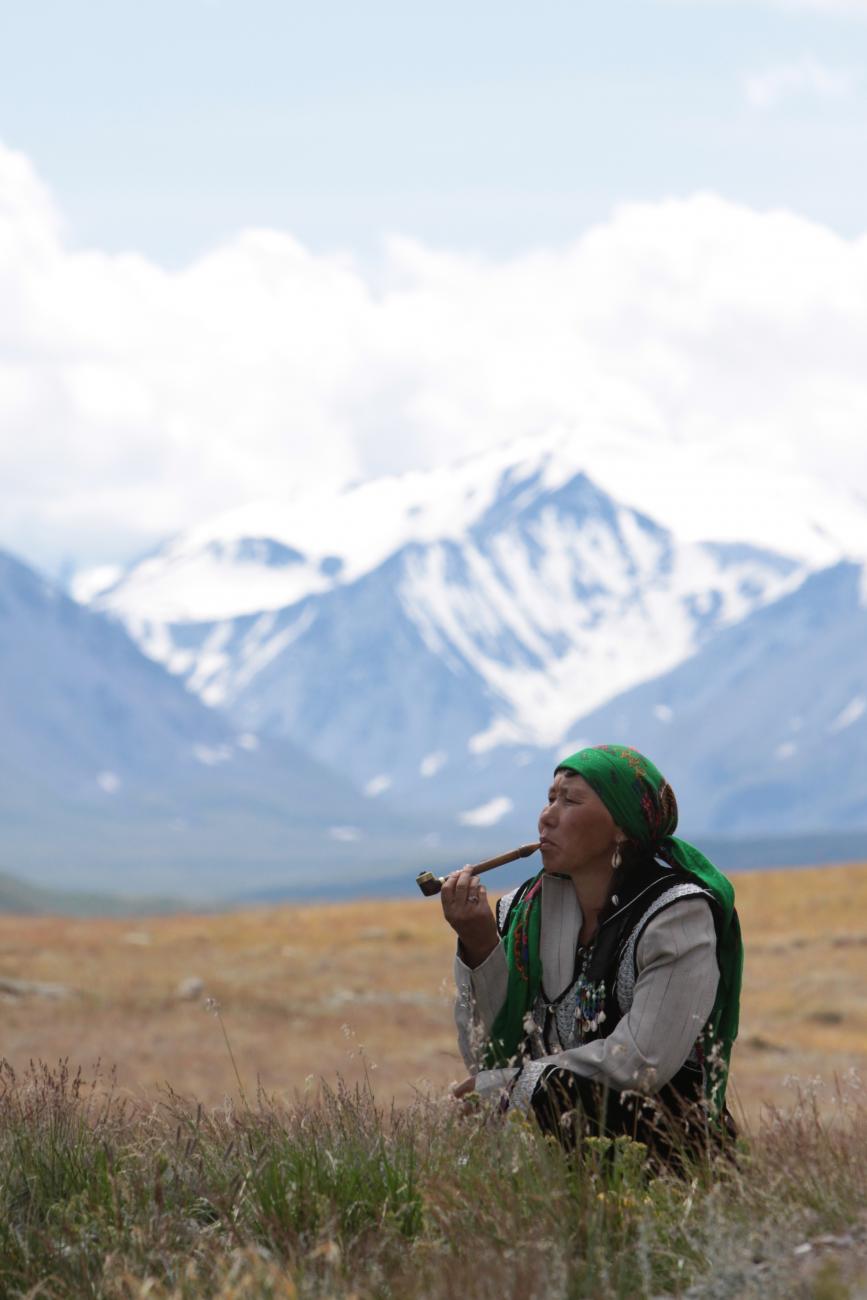 By Gleb RaygorodetskyOn a warm summer’s day, a noblewoman of the nomadic Pazyryk tribe was buried in a large ancient burial tomb, or kurgan, on the Ukok Plateau — now a region of the Russian Altai that borders China, Mongolia and Kazakhstan. Mummified with herbs, bark and marten fur, she was placed in an oversized sarcophagus hewn from a single larch log. Six sacrificial horses, richly saddled…
By Gleb RaygorodetskyOn a warm summer’s day, a noblewoman of the nomadic Pazyryk tribe was buried in a large ancient burial tomb, or kurgan, on the Ukok Plateau — now a region of the Russian Altai that borders China, Mongolia and Kazakhstan. Mummified with herbs, bark and marten fur, she was placed in an oversized sarcophagus hewn from a single larch log. Six sacrificial horses, richly saddled…
Support Indigenous writers and journalists. This content is made entirely possible by loyal readers like you. Cultural Survival does not believe in paywalls. We rely on our supporters and readers to give what they can so that we can continue bringing you Indigenous-led solutions.
Our website houses close to five decades of content and publishing. Any content older than 10 years is archival and Cultural Survival does not necessarily agree with the content and word choice today.